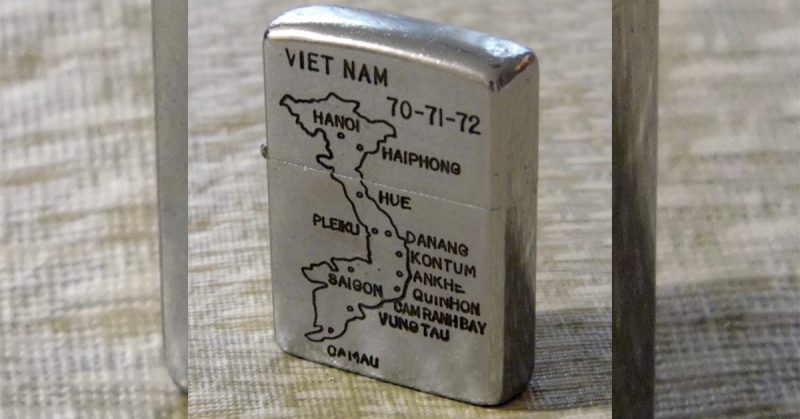After an American M1 combat helmet with an ace of spades tucked into the strap, probably the next most iconic cultural image associated with the Vietnam War is a Zippo lighter engraved with a tragic, humorous, aggressive, patriotic, or rebellious slogan.
Many such engraved Zippos have survived the war’s end and often trade hands between collectors for large sums of money. The images and slogans engraved onto these instantly recognizable lighters can give one a poignant look inside the minds and lives of the young men who served, fought, and died so far from home.
Zippo lighters have a long history of being associated with the American military. When America entered the Second World War after Pearl Harbor, the Zippo company stopped selling their lighters to the consumer market and instead dedicated the entirety of their lighter production to the United States military.
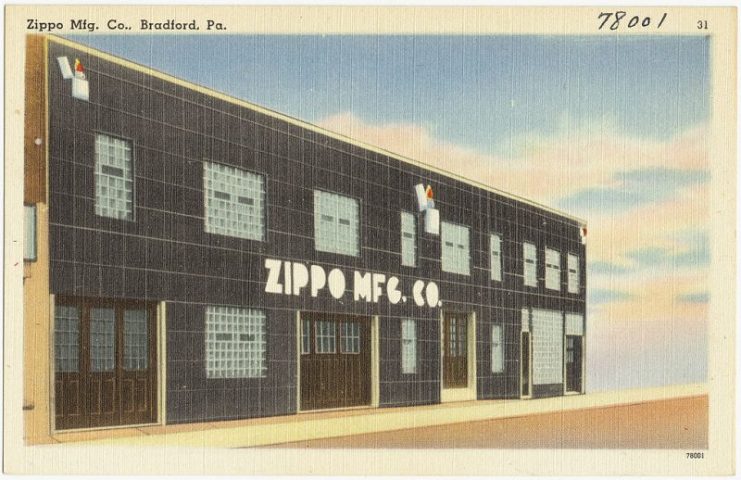
The Zippo method of manufacture was also affected by the United States’ entry into WWII. Because of the need to divert raw materials to wartime production of armaments, Zippo lighters manufactured for US military personnel during the war were made with steel covered with a black crackle finish.
However, Zippo lighters attained a uniquely iconic status among US troops during the Vietnam War.
These lighters were carried by almost every American serviceman involved in the conflict, and it was during this time that some of the most interesting and sometimes sentimental customizations of these lighters emerged. Many of the slogans and images emblazoned on them have themselves become quintessential images of the war.
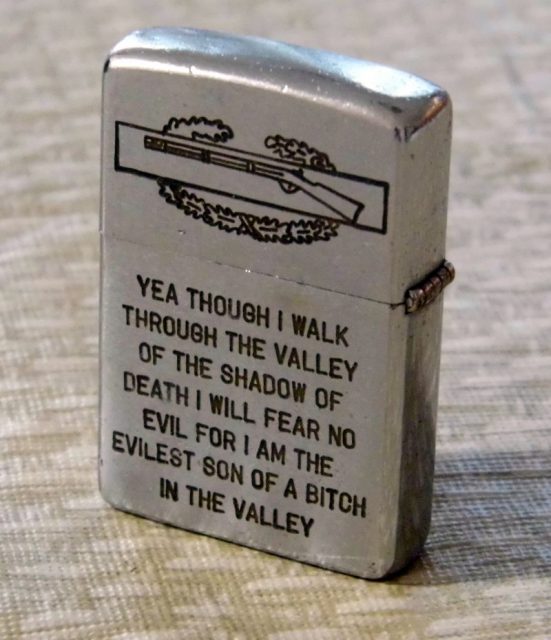
Many of the slogans reflect the views of career servicemen, who had already been serving in the military prior to the conflict and would continue to do so after it ended. They were men who were proud to serve and believed strongly in the cause they were fighting for.
For such servicemen, slogans were kept to a minimum; if they got their Zippo lighters engraved, it would usually be with their unit’s name, badge, or motto, or else something patriotic.
The Vietnam War was one of the first, however, to see mass public opposition to the conflict back home. There was huge social upheaval going on in the United States in the ‘50s, ‘60s, and ‘70s: the Civil Rights movement, the Beat Generation and Hippy movements, the rebellion of rock ‘n’ roll, and a growing, vocal anti-war movement.
Consequently, the Vietnam War became more and more unpopular as the years dragged on.
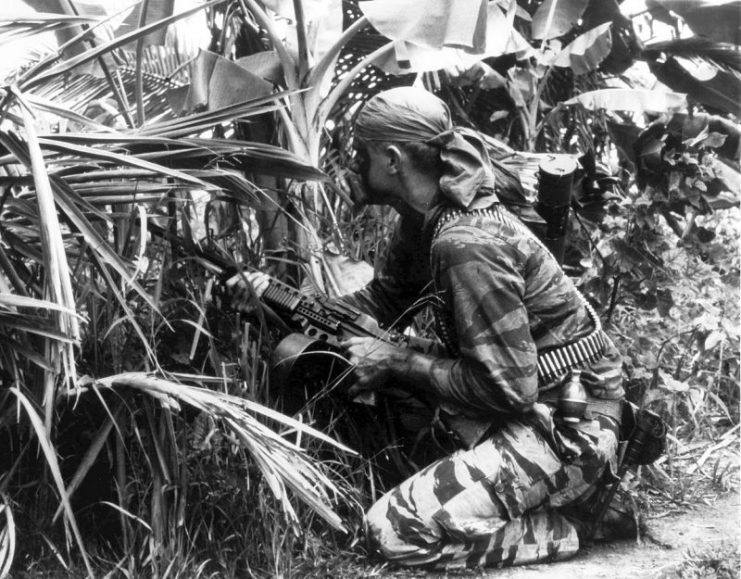
While many young men volunteered to fight in the war, others – often from the working class and various minority communities – were unwillingly drafted and forced to fight in a war they had no interest in. It is from this latter class of young men that many of the most poignant slogans on Zippo lighters come.
Some simply reflect the relief of surviving combat with one’s life intact: “You have never lived ‘till you’ve almost died. For those who fight for it, life has a flavour the protected will never know.”
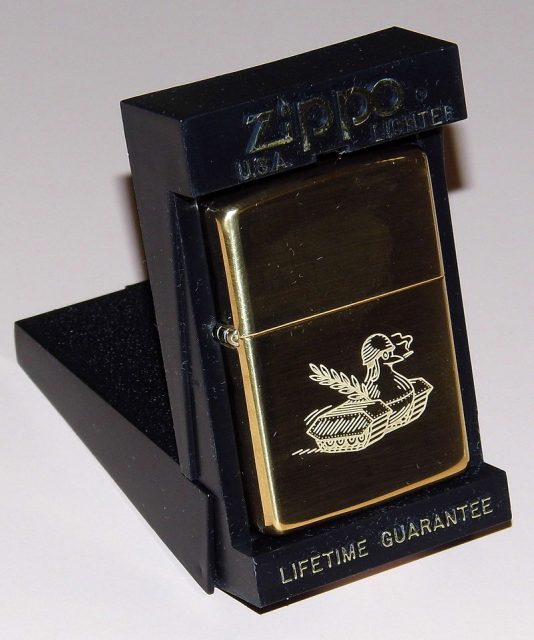
Others reflect a dark sense of humor, which is a useful tool in a situation where one’s life could be snuffed out at any time: “bury me face down so the world can kiss my a**” or “a sucking chest wound is nature’s way of telling you you’ve been ambushed.”
There was a lot of artwork too – plenty of images of nude women, which is not too surprising given that these were young men generally isolated from female company. There were also other images that were popular at the time such as the peace symbol, maps of Vietnam, marijuana leaves, and the character Snoopy from the comic strip Peanuts.
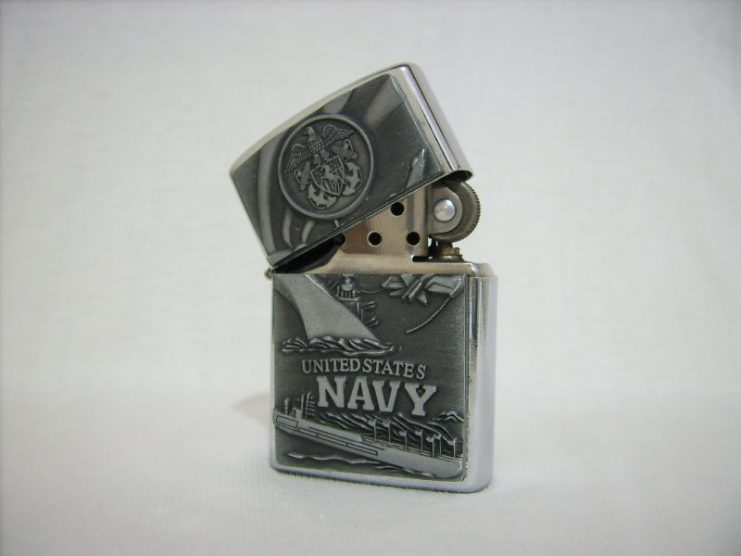
Aside from being tiny art canvases on which US troops could display their true sentiments about the war, Zippo lighters also proved to be tremendously useful in many other ways.
For one thing, they were almost universally guaranteed to provide a flame, whatever the conditions. This could mean the difference between having a light in the darkness, having a cold meal or a hot one, or lighting what could be your last ever cigarette before heading into a battle you may not come out of alive.
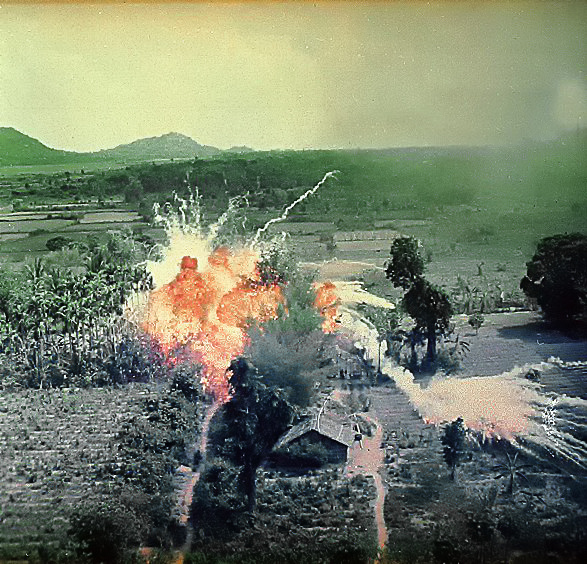
Zippo lighters also served as weapons accessories, in a sense. Their ever-dependable flames were used to set fire to the huts of Vietcong hideouts as well as the houses or villages of suspected Vietcong supporters in search and destroy missions that troops nicknamed “Zippo raids.”
Zippos were also often used to ignite napalm from flame-throwing M-132 armored personnel carriers and M-67 tanks if the electronic ignition failed.
Read another story from us: The Times They Are A-Changin’ Drugs, Music, & The Vietnam War
These engraved Zippo lighters from the Vietnam War have become such popular collectors’ items that a number of books have been written about them. A booming market in fake Zippos purporting to be genuine items used by US servicemen exploded in Vietnam in the decades following the war.
Those genuine items that have survived, though, remain a touching and moving window, decades later, into the lives and minds of those who served and died in the Vietnam War.
